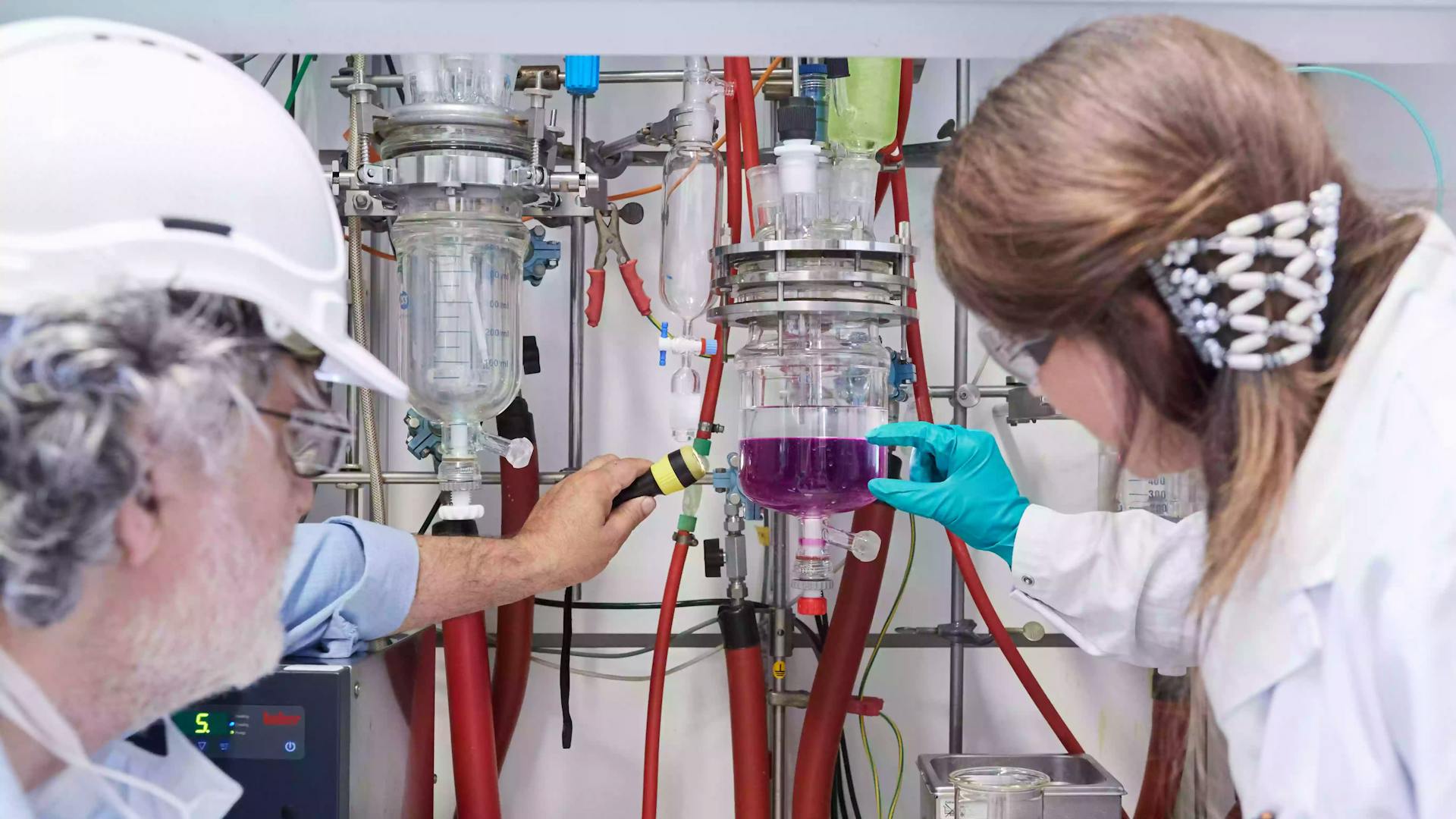The focus of Novartis on environmental issues is not new. In fact, the company has been at the forefront of setting high ecological standards in its building network for almost two decades and recently set itself new company-wide goals to become carbon-neutral by 2025 and reach plastic and water neutrality by 2030.
When Novartis decided to rebuild its old headquarters in Basel in 2001, which back then was looking like a traditional production site with fuming smokestacks, a busy river port and a functional railway connection, Novartis worked together with Italian architect and city planner Vittorio Magnago Lampugnani to create an eco-friendly science campus.
Unlike an American university campus, which is usually located outside the city, Lampugnani envisioned an urban learning center integrated within the city. While the Italian architect put a strong focus on the quality and aesthetic appeal of each building – in Basel, office and lab buildings were designed by some of the world’s most renowned architects, such as Frank O. Gehry and David Chipperfield – Lampugnani was also a strong advocate for sustainability.
As part of his masterplan, Lampugnani not only stressed the importance of clean energy, but also pushed for open spaces and the creation of natural habitats to strike a balance between nature and industry. Among other things, he suggested the creation of parks and wooded areas as meeting zones to allow the more than 7000 associates on the Novartis Campus to meet and relax outside the office.
“As part of the Campus construction, in which we were guided by the highest building standards in Switzerland, we also planted more than 2000 trees in several parks across the Campus,” Stefanova said. “With this concept, we have not only provided lush recreational zones for our associates, we have also created green zones that work as sort of mini carbon sinks and help us reduce CO2.”
Green mindset
While Novartis has built several massive carbon sinks across the globe over the past 15 years, planting roughly 20 million trees in countries such as Argentina, China and Mali, the company is also motivating its own associates to embrace a green mindset and push projects of their own to help make the company and its communities more sustainable.
In Basel, a group of activists has created the so-called Green Team, which has taken a series of actions, including, for example, the reduction of single-use plastic on the site, while associates in Hyderabad have created several initiatives to promote environmental awareness in the company and the city, explains Sona Saptarshi, who heads the Health, Safety and Environment efforts in Hyderabad.
“The idea behind these initiatives is not only to raise awareness among our associates, but also to give them the opportunity to learn and allow them to take the lessons learned back home and thus help the entire community,” Saptarshi says, pointing to efforts such as reducing PET bottles and plastic bags across the site.
Associates welcome such actions. During Plant the Future day, for example, more than 1000 associates in Hyderabad bought saplings to plant at home. Another initiative saw more than 1000 associates paint their own cotton bags, which they now use instead of plastic bags when they go to the grocery, while, in another workshop, associates also learned to turn kitchen waste into compost for use in miniature gardens at home.

 Table of contents
Table of contents High standards
High standards Long tradition
Long tradition Empowerment
Empowerment












